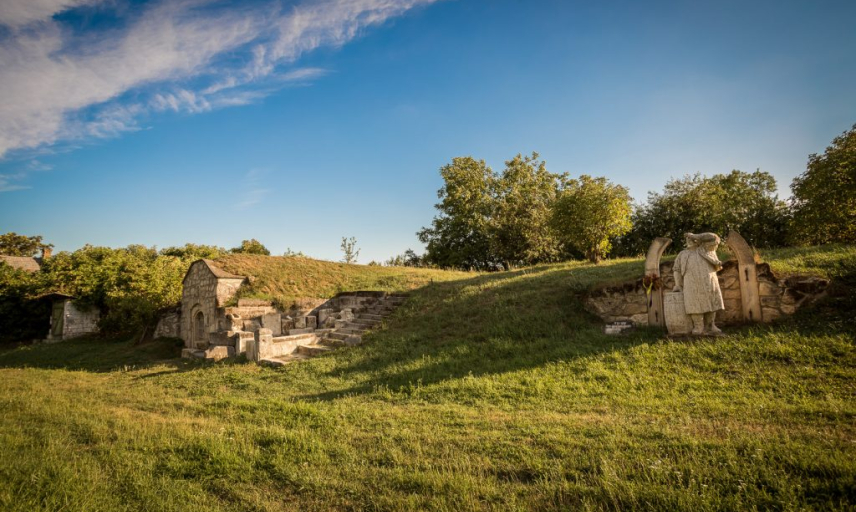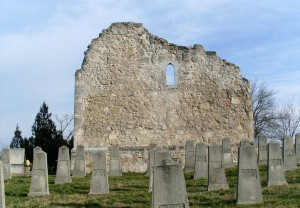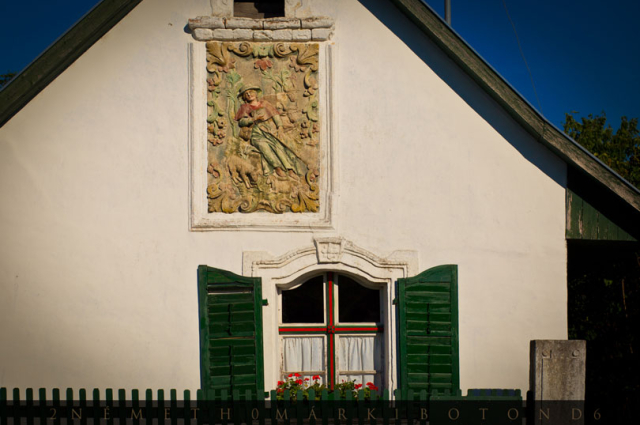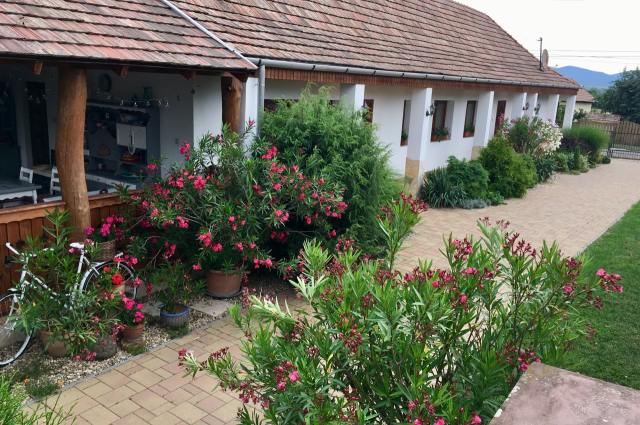
Józsefváros line of cellars
The atmospheric area officially called the Józsefváros line of cellars and known to locals as the Pit conceals natural and historical monument values ready to be discovered, and embodies the hard work of our ancestors and respect for our descendants.
The line of cellars is an area of cellars wedged between houses. Prior to 1946 – until the time of displacement – Swab families lived in this low-lying area. The “Pit” is itself the result of human activity: after the devastating plague between 1737 and 1739, Germans newly arriving in the settlement extracted the necessary materials here to build their homes. They did a thorough job, as they excavated the territory through mining to such an extent that it was no longer suited to the construction of residential buildings, but the steep walls bordering the pit were just right for building cellars.
The first cellars were dug into the Lehmgrube (clay pit), in local dialect Lahmgrub walls, back in the 18th century. Construction was only fully completed in the 19th century when seventy wine cellars, most of them with a press house built in front, almost surrounded the territory.
The cellar complex fell into disrepair following the displacement, but the territory was improved thanks to the work of the Lamgrub Association founded in 2005. In 2010 the association and Zsámbék’s local government launched the German Nationality Memorial, a work made by the sculptor Ferenc Máhr, and the Memorial Park. Today a nature trail guides visitors in the Pit, which enjoys conservation and monument protection.
JÓZSEFVÁROS LINE OF CELLARS
Address: H-2072 Zsámbék, Józsefváros passageway
Opening hours: Can be visited continuously
- 2072 Zsámbék, Józsefvárosi átjáró
Similar results
Holy Cross Chapel
2051 Biatorbágy, Sándor utcaConstruction of the Bia Holy Cross Chapel must have begun at the start of the 13th century and the building constructed in late...
MoreSt. Wendelin Folklore House With Relief
2072 Zsámbék, Bicskei utca 13.The once richest livestock farmer in the region built one of the oldest houses in Zsámbék, the St. Wendelin building with...
MoreTraditional folk houses
2073 TökWalking along the old streets we can see a lot of “longhouses” with porches, constructed in the last century, in the 20s and...
MoreThe grave of Lieutenant Zoltán Árvay and his comrades
2073 Tök, temetőThe grave of Lieutenant Zoltán Árvay and his comrades is located between the Valley Path and the Cemetery Path.
More


